Nestled in southern China’s Guangdong Province, Shenzhen is far more than a modern metropolis—it’s a living testament to transformation, where history meets cutting-edge innovation, and cultural richness blends with culinary delights. Let’s embark on a journey to uncover why this city is a must-visit for foreigners.
Historical Context: From Fishing Village to Megacity
Just a few decades ago, Shenzhen was a humble fishing village. In 1980, it was designated China’s first Special Economic Zone (SEZ), a bold experiment that catalyzed its meteoric rise. This pivotal move turned it into a global hub for technology, trade, and innovation, making it a symbol of China’s economic reform and opening-up. While young in modern urban terms, it’s rooted in the broader history of the Pearl River Delta, a region with centuries of maritime trade and cultural exchange.
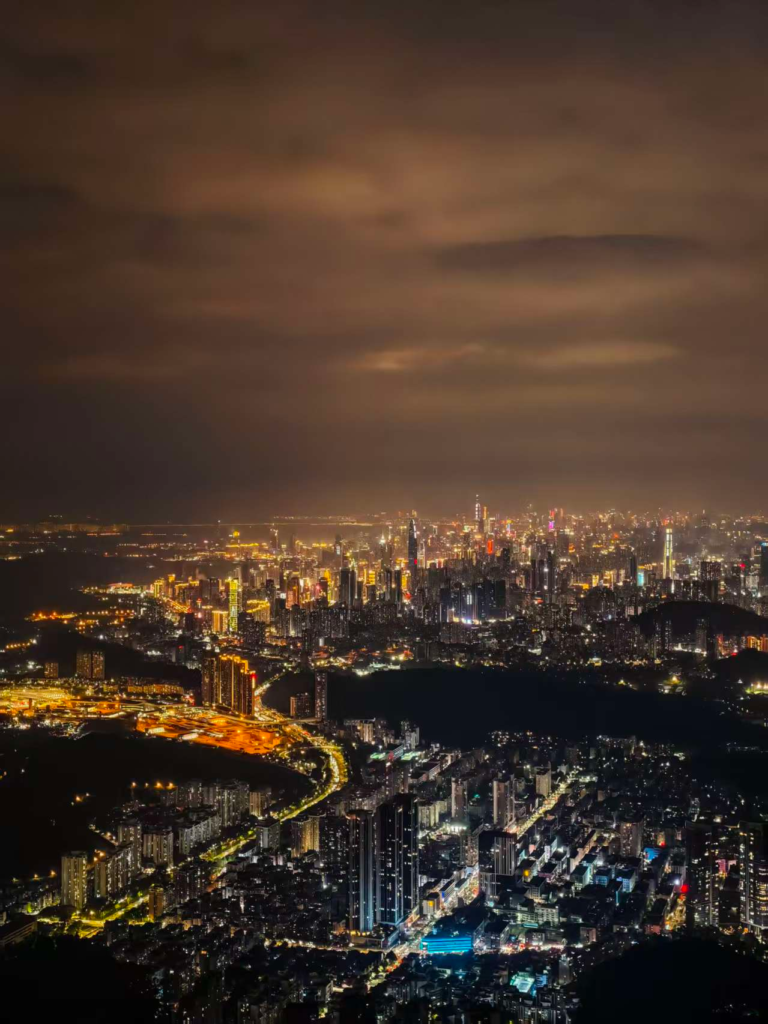
Must-Visit Destinations & Attractions
Shenzhen Bay Park:A scenic waterfront promenade where you can stroll, cycle, or simply admire the skyline—on a clear day, Hong Kong’s skyscrapers are visible across the water.
Splendid China Folk Village: Dive into China’s diverse cultures with miniaturized replicas of iconic landmarks (like the Forbidden City and Leshan Buddha) and live performances showcasing ethnic traditions.
Window of the World: Explore “the world in a day” with scale models of global wonders, from the Eiffel Tower to the Pyramids of Giza.
Dafen Oil Painting Village: A vibrant artistic enclave where you can watch painters at work, buy affordable art, or even commission a custom portrait.
Local Food: A Gastronomic Adventure
Shenzhen’s culinary scene is a melting pot, reflecting its status as a migrant city. Don’t miss:
Street Food Gems: Wander through neighborhoods like Old Street (Laojie) for snacks like stinky tofu, grilled squid, and sweet egg tarts.
Cha Siu Bao (BBQ Pork Bun): A Cantonese classic—soft, fluffy buns filled with sweet-and-savory barbecued pork.
Seafood Hotpot: Given its coastal roots, fresh seafood cooked in a flavorful broth is a must-try, especially at districts like Shekou
Wontons in Chili Oil: A spicy Sichuan-inspired dish that’s become a local favorite—tender wontons drenched in fragrant, numbing chili oil.
Practical Information
visa:Most foreigners need a visa to enter China—check the latest requirements and apply in advance.
Transportation:The metro system is efficient and easy to navigate (English is available on signs and apps). Taxis and ride-hailing apps like DiDi are also convenient.
Language:While Mandarin is the official language, English is increasingly spoken in tourist areas, hotels, and restaurants.
Currency:The Chinese Yuan (CNY). Credit cards are widely accepted in malls and hotels, but carry cash for street markets and smaller vendors.
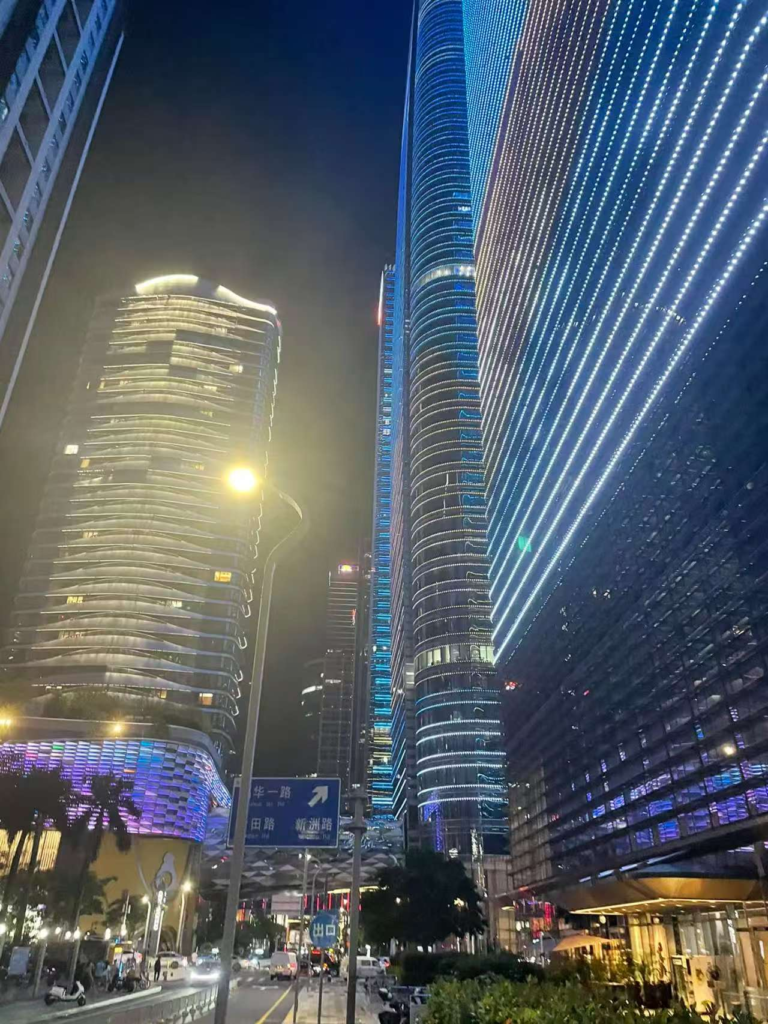
Cultural & Economic Highlights
Innovation Hub:Visit Huaqiangbei, the “Silicon Valley of Hardware,” where you can find everything from smartphone components to cutting-edge tech gadgets. It’s a paradise for tech enthusiasts and entrepreneurs.
Art and Design:The Shenzhen Museum of Contemporary Art and Urban Planning showcases thought-provoking exhibitions, while the city’s numerous art galleries and design studios reflect its creative energy
Cultural Fusion:Shenzhen’s population is made up of people from all over China and the world, so you’ll encounter a blend of traditions—from Cantonese opera performances to international music festivals
Whether you’re drawn to its futuristic skyline, rich culinary scene, or the story of its incredible transformation, Shenzhen offers a unique window into modern China—where history, innovation, and culture collide in the most exciting ways. Come discover this dynamic city for yourself!
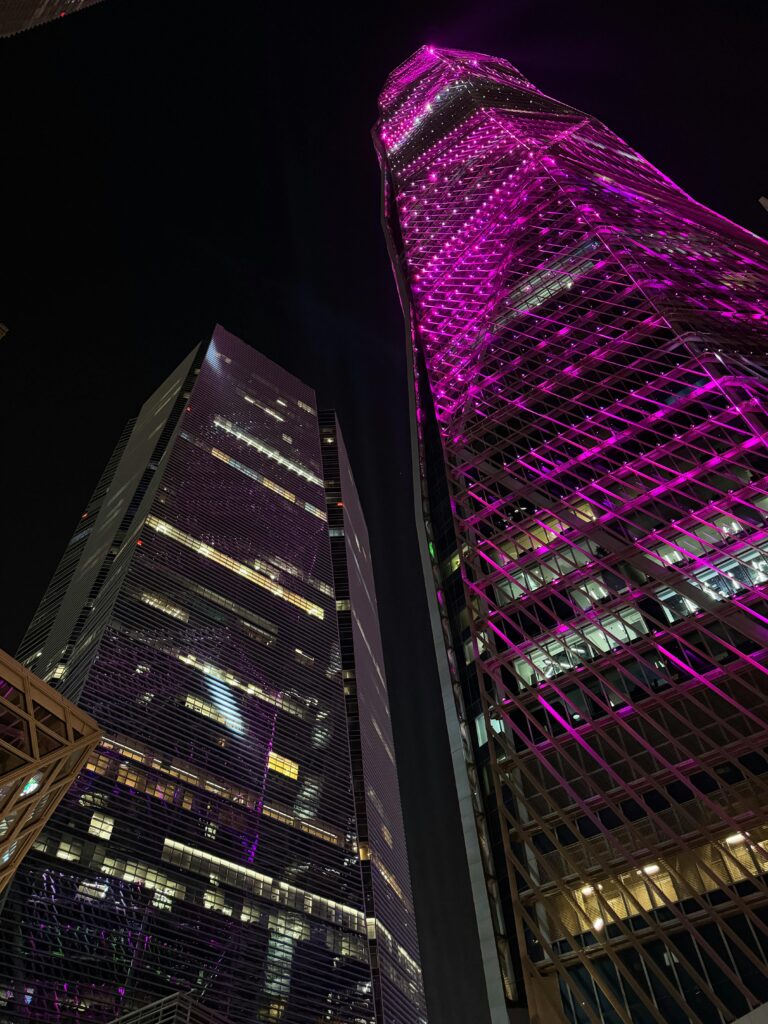
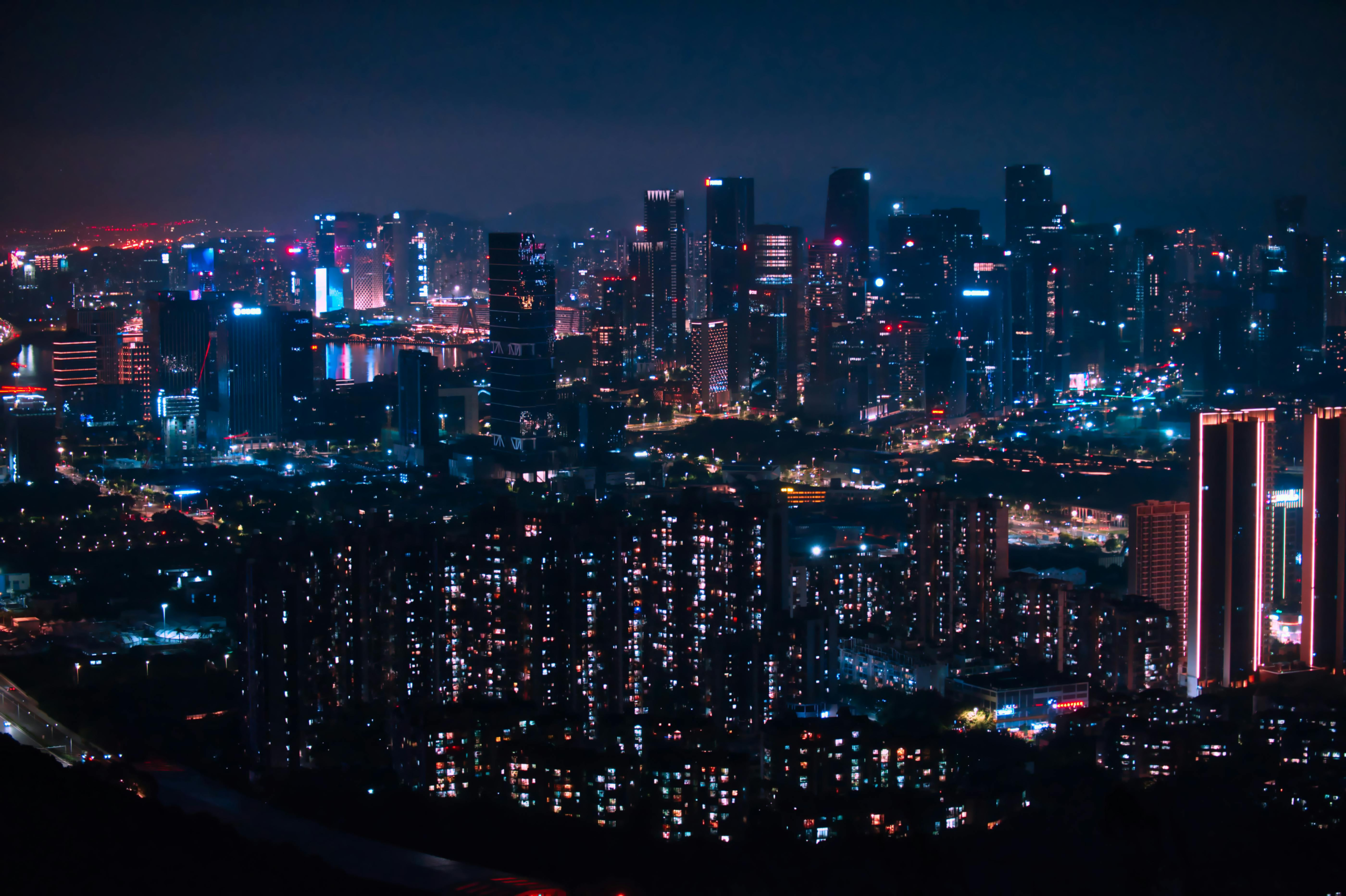
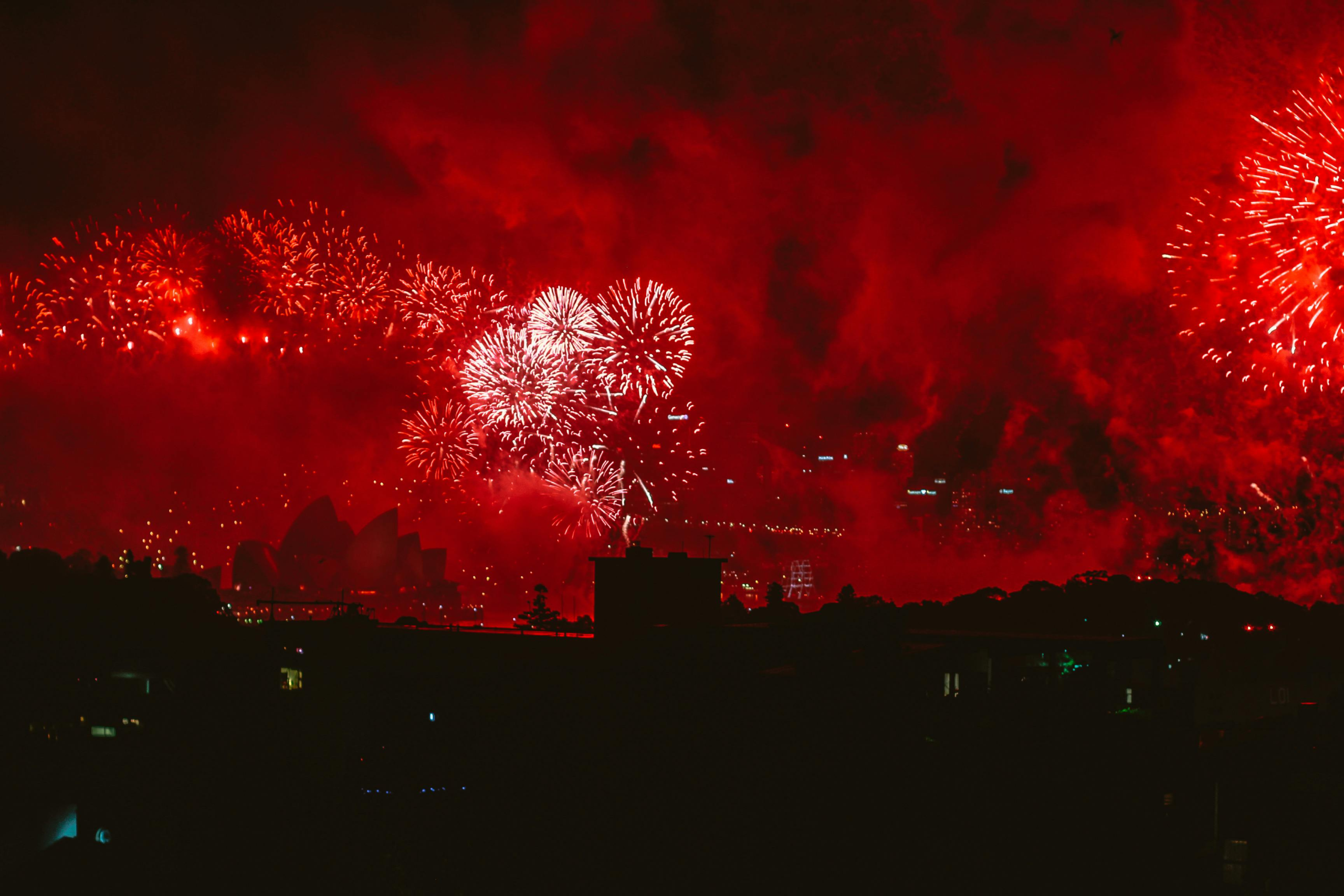

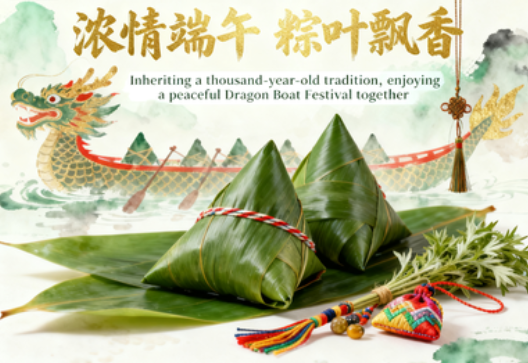
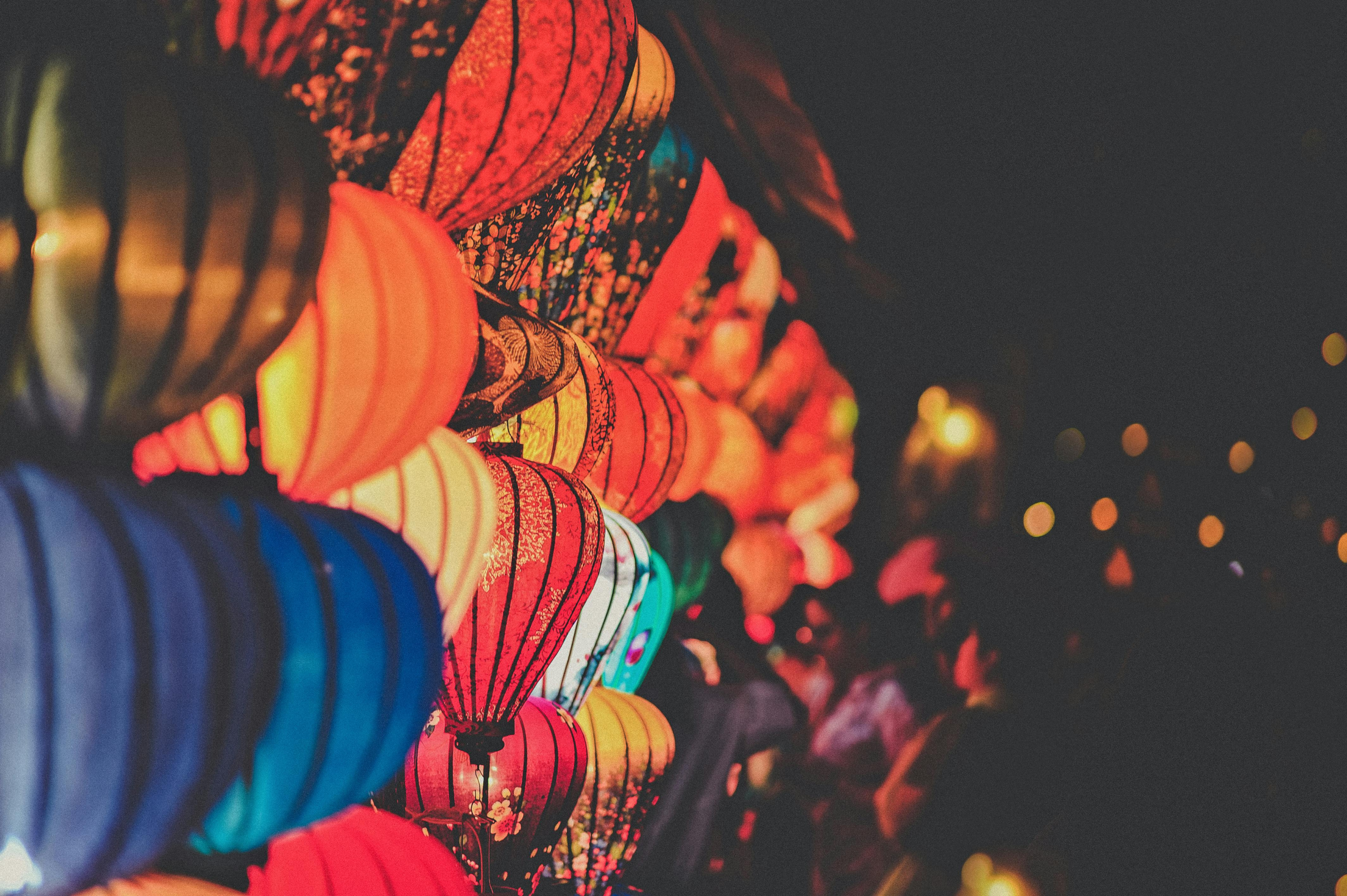
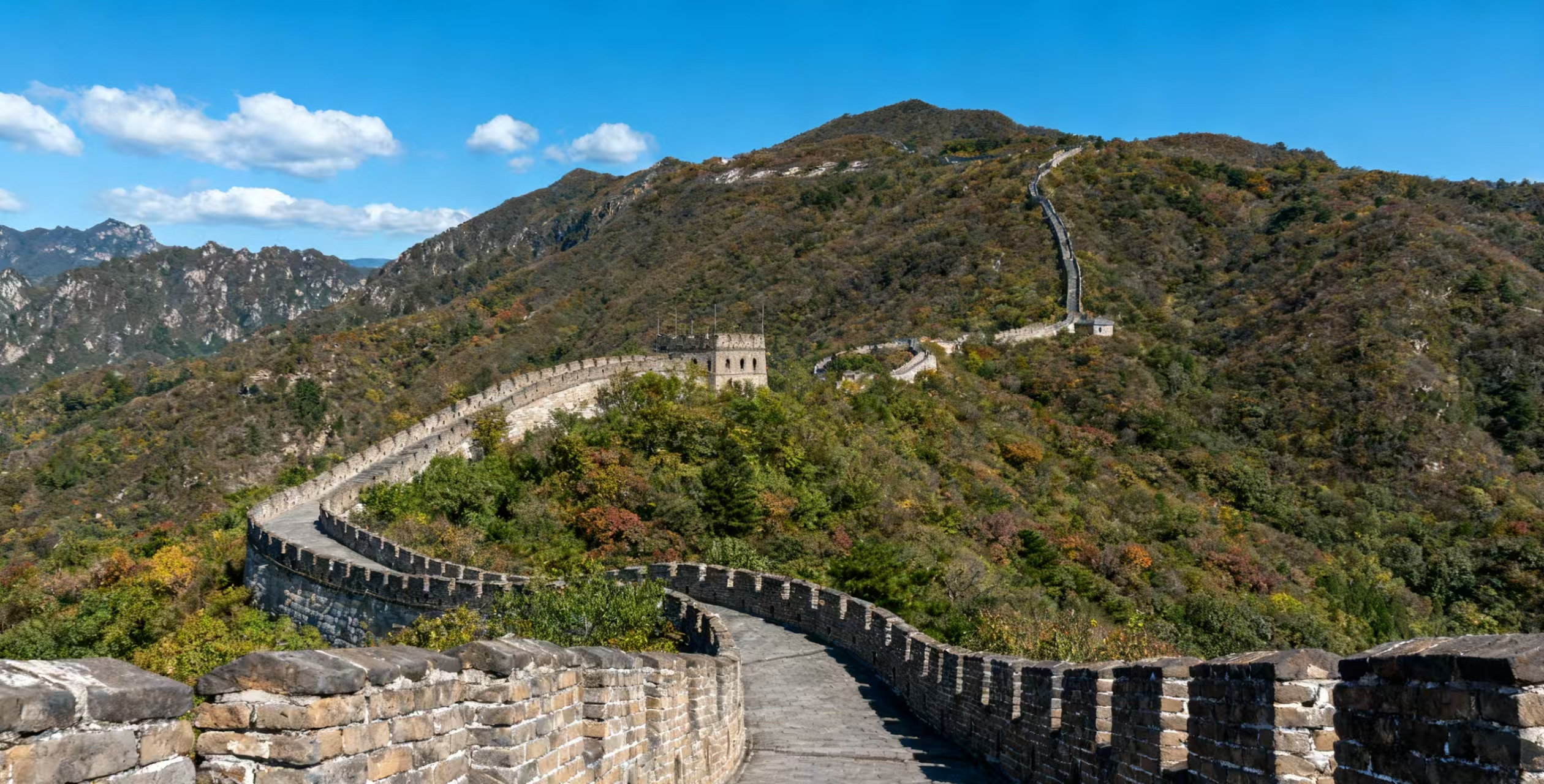

Leave a Reply